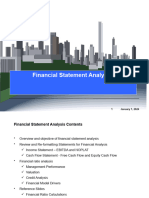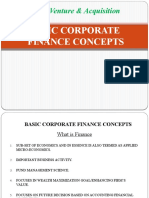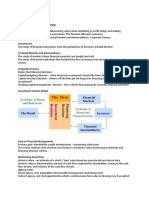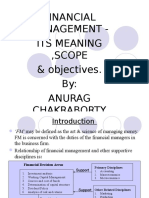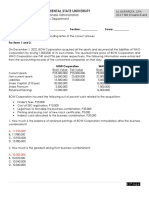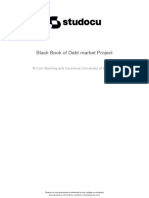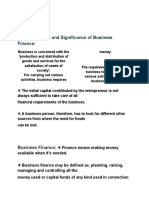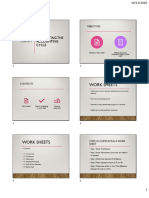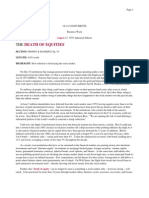0% found this document useful (0 votes)
11 views7 pagesSample Questions
The document provides a comprehensive overview of financial concepts, including financial statements, valuation methods, financial ratios, and risk management. It also covers behavioral questions for interviews, case study analyses, and problem-solving strategies relevant to finance and consulting roles, particularly at EY. Additionally, it includes practical examples and recommendations for various financial scenarios.
Uploaded by
sreyagoswami38Copyright
© © All Rights Reserved
We take content rights seriously. If you suspect this is your content, claim it here.
Available Formats
Download as DOCX, PDF, TXT or read online on Scribd
0% found this document useful (0 votes)
11 views7 pagesSample Questions
The document provides a comprehensive overview of financial concepts, including financial statements, valuation methods, financial ratios, and risk management. It also covers behavioral questions for interviews, case study analyses, and problem-solving strategies relevant to finance and consulting roles, particularly at EY. Additionally, it includes practical examples and recommendations for various financial scenarios.
Uploaded by
sreyagoswami38Copyright
© © All Rights Reserved
We take content rights seriously. If you suspect this is your content, claim it here.
Available Formats
Download as DOCX, PDF, TXT or read online on Scribd
/ 7

















